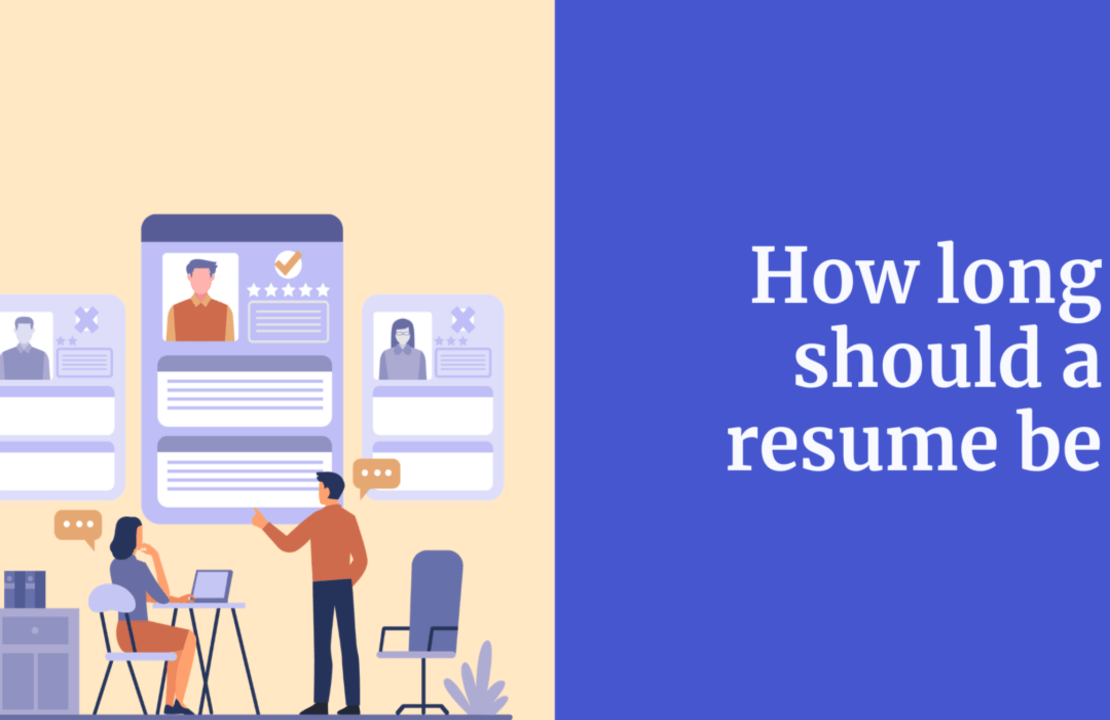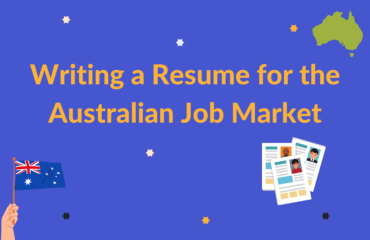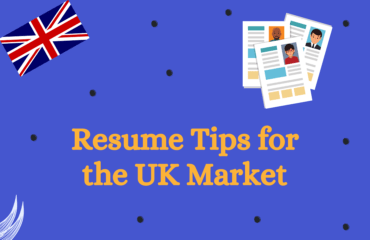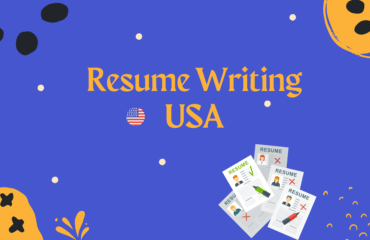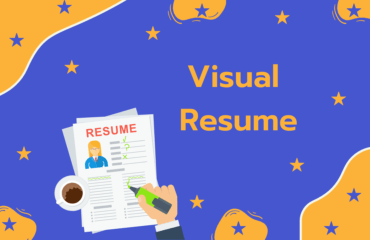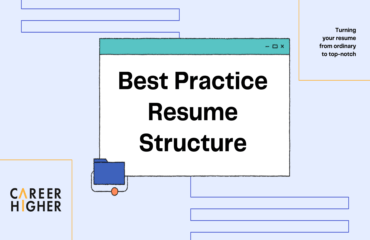Table of Contents
The ideal length of a resume has always been a topic of debate. Most professionals believe that a one-page resume is ideal, but recruiters are open to two-page resumes as long as they are relevant. This dismisses the common myth of “always going for a one-page resume as this is what industry demands”.
What most professionals do not understand is that there are multiple factors that determine the length of a resume, which varies based on individual needs. Thus, a professional with a similar experience may have a resume of a different length. In this article, we will discuss two crucial factors that help determine the length of a resume.
1. Geography
Your target job’s location is one of the most important factors that determine the length of your resume. Every country has different standards of formatting that should be kept in mind while creating a resume. It is best to align your resume’s length with the region’s best practices. This will ensure that you are not disqualified from the hiring process just because of incorrect formatting. Let’s understand the ideal length of a resume location-wise:
a. America
The ideal length of a resume in North American countries like Canada and the USA is one to two pages, preferably one page. It is favored because a restrictive length allows more focus on the most relevant information needed to make a sound judgment. The more concise your resume is, the easier it will be for the recruiter to make a hiring decision. In South America, a resume is used for industry positions, while a CV is used for academia. The length usually varies from 1 to 2 pages. However, a CV may be longer depending on the experience.
b. Europe
Resumes are called CVs in Europe. In the US, CV is a document used to apply for a position in academia, with a focus on research, teaching, and education. However, in Europe, with an emphasis on the applicant’s skills, professional experience, and education, these are also used to apply for a position in the industry. European CVs are usually two pages long if the candidate has extensive relevant experience.
c. The Middle East
Middle Eastern countries prefer a two-page resume. This includes a detailed description of all the sections. A one-page resume is often considered too short and employers are even open to three pages if you have extensive experience.
d. New Zealand and Australia
The ideal resume length in New Zealand and Australia is two to three pages. This is one of the few countries that are open to a three-page resume. If you have extensive experience, you may choose to go for three pages in your resume.
e. Rest of the World
The common terminology used by Asians is CV. However, sometimes CV and resume are interchangeably used. The document is expected to be one to two pages based on your experience. It is used in both industry and academia.
2. Experience
Your experience is another crucial factor that influences the length of your resume. However, there are two aspects of experience that should be taken into consideration while deciding the length. These are:
a. Length
If your experience is less than 10 years, we suggest limiting your resume to one page. However, if you have experience working for more than 10 years, your resume may include details of all the jobs. If the content does not fit within the page, a two-page resume is fine.
b. Relevance
The second factor is relevance to your target job. If all your previous jobs are not related to your target job, the length of your resume would be comparatively shorter. This is because you can simply summarize such roles without focusing on the details. When changing the function or industry, not all your previous jobs would be aligned with your target job. Hence, listing all your jobs wouldn’t add the necessary value to your resume. The focus should be on adding the most relevant experience and describing that in detail.
The irrelevant or unrelated content can be briefed in another part called the ‘Additional Experience’ section. For instance, if you apply for a finance job and have previously worked in HR and Marketing for a short period, you may include these in the ‘Additional Experience’ section. This would ensure a succinct, more focused, and clean resume structure.
Practical tips
One of the most common questions that we receive is how to adjust the length of a resume. In the next section, we will have a look at a few quick and easy tips to adjust your content within the ideal page length, based on your requirements:
1. Focus on content over the length
When you start writing your resume, the goal should be to convey your story to the employer rather than trying to fit all your content on one page. Do not worry if your content is spilling over to the next page. After writing the first draft, proofread it to refine the content. Once your content is finalized, you can adjust the length based on the requirement.
2. Use three to five bullets per job experience
Your professional experience section largely determines the length of your resume. Over-explaining it might result in a very lengthy resume, while not explaining it sufficiently might omit relevant details. As a solution, we suggest using three to four bullets. You should go for five bullets for the most recent and relevant role and three bullets for older, relevant roles. If you are adding a job in the ‘Additional Experience’ section, you can summarize it at a high level without using bullets. Doing this effectively would ensure the right amount of content and appropriate length resulting in a high-quality resume.
3. Formatting
Your resume should ideally be full-page. Effective formatting is key to achieving the appropriate length. We suggest changing the font size and spacing according to your requirements. If your resume is 1.5 pages, you can increase the font size and line spacing between the paragraphs to make it two pages. On the other hand, if your resume is 1.25 pages, you have the option of decreasing the font size and line spacing to squeeze it to one page. However, it is also imperative that your resume is legible.
We hope this article has given you enough information to understand the determinants of resume length. When working on your resume, consider the above factors and tailor it to the ideal length. Remember, there is no rule of thumb. The length of your resume is determined based on your experience, target job search, and location.
